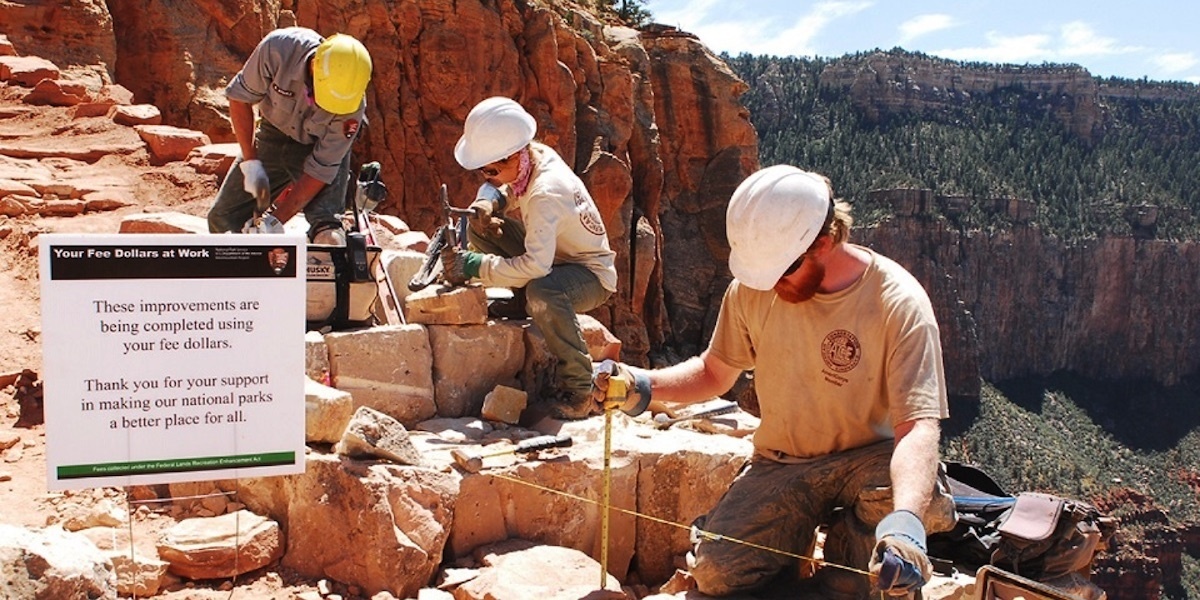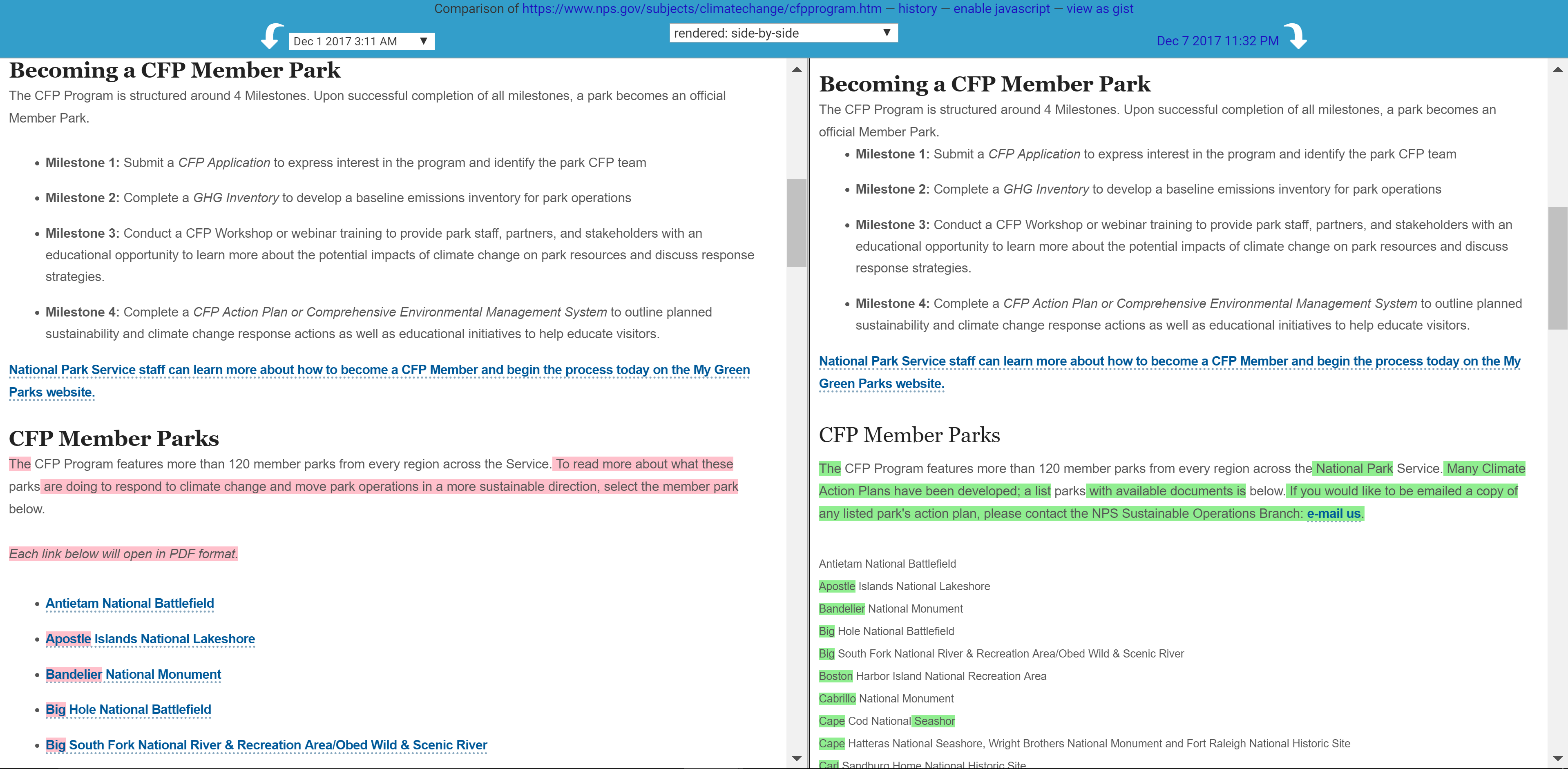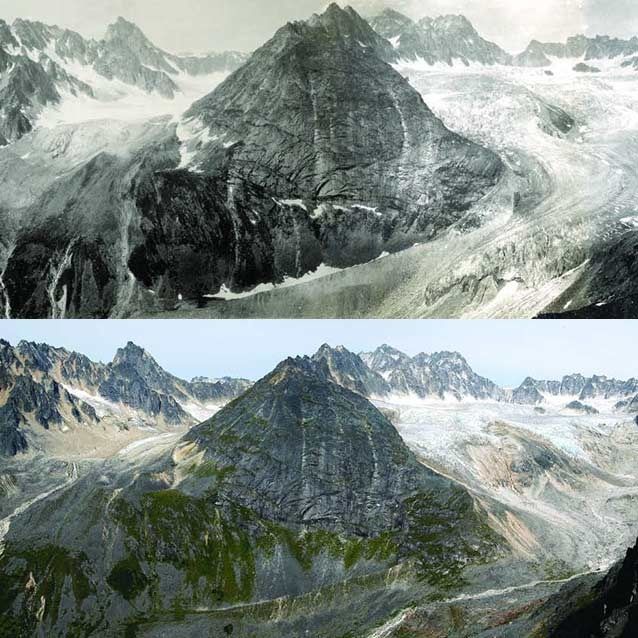
Nearly 100 Climate Action Plans for National Parks Removed From Website

Grand Canyon National Park. NPS
Climate change is a major challenge to America’s beloved National Parks—from hotter, drier conditions that can spark intense wildfires that can permanently alter Yosemite’s landscapes, to sea level rise triggered by warming temperatures that threaten the Everglades.
In fact, nearly 100 parks have been preparing for and adapting to the damaging effects of climate change for years under the National Park Service’s “Climate Friendly Parks Program” (CFP). However, you’ll no longer be able to easily find these well-documented efforts to reduce emissions and move to more sustainable operations—that’s because their work has been completely scrubbed from the Climate Friendly Parks Program website, a watchdog group has found.
Nearly 100 documents describing national parks’ climate action plans have been removed from the website, according to a new report from the Environmental Data and Governance Initiative (EDGI), which has been closely tracking the Trump administration’s removal of climate change information from federal websites.
The page now states: “These documents are temporarily unavailable for download while we work to make them compliant with newly revised 2018 federal accessibility standards.”
The researchers found:
“On December 7, 2017, all links to national park climate action plans were removed from a list of 97 member parks on the the CFP website. As described in our Website Access Assessment Report, 92 of the links led to park climate action plan documents, two led to corresponding webpages about park ‘sustainability’ efforts, which are still live, and the remaining three listed parks have not had corresponding links since October 7, 2015. By December 20, all 92 of the corresponding linked documents had been removed from their respective URLs and were no longer hosted on the CFP website.”
Check out the comparisons below:
EDGI
While the page includes instructions on how you can be emailed a copy of any park’s action plan, EDGI noted that the action plans are not available through any corresponding National Park Service web archive nor did the department explain why the resources were deleted.
“These removed resources are relevant to the public and researchers attempting to understand how different parks are and have been responding to climate change,” EDGI explained. “For example, the Grand Canyon National Park plan contains a section detailing goals to reduce park operations’ energy use by 30 percent, transportation-related emissions by 20 percent, and water consumption by 25 percent, all from 2008 levels by 2020.”
As the group pointed out, the Grand Canyon’s ambitious reduction percentages provide a useful benchmark and learning opportunity for other parks or municipalities to learn from strategies that are being implemented.
“That many of these national parks are particularly vulnerable to the impacts of a changing climate, makes it all the more important that relevant Web resources bolstering their efforts to respond to climate change remain readily available on federal websites,” EDGI said.
The National Park Service is a department under the U.S. Department of the Interior. This news comes amid reports that Interior Sec. Ryan Zinke—who said in 2014 that climate science is “not proven“—summoned the superintendent of Joshua Tree National Park to his office to order him to stop tweeting about climate change using the park’s Twitter handle, The Hill reported.
Melting Denali: Effects of Climate Change on GlaciersDenali National Park & Preserve
UPDATE: Following the release of EDGI’s report, a NPS Public Affairs spokesperson stated that “Under Section 508 of the Rehabilitation Act of 1973, the National Park Service, like all federal agencies, has a January 18, 2018, deadline to make electronic information and technology accessible to people with disabilities. As part of that process we are updating PDF documents on NPS.gov that are not yet accessible to all, including climate action plans for nearly 100 parks that were listed on a nps.gov webpage.”
In response, EDGI said:
We appreciate NPS informing EDGI that it intends to return compliant content by the January 18, 2018 deadline. Increasing usability standards is important for equitable content access, and necessary in order to comply with provisions of the Rehabilitation Act. In this case, but also more generally, better information governance would have been to keep the resources available until updates to content have been completed. If compliant replacement content had been prepared in advance, the agency would not have had to make valuable resources unavailable simply to remain in compliance with law. NPS should have, at least, provided a notice well in advance to notify the public that their delayed compliance would hinder the accessibility of important documents.

 233k
233k  41k
41k  Subscribe
Subscribe 

